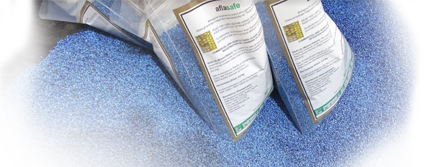Feed made with Aflasafe-treated grain makes poultry and livestock more productive and profitable, even when margins are slim. It also ensures that milk, meat and eggs are low in aflatoxin and safe for human consumption.
Chickening out
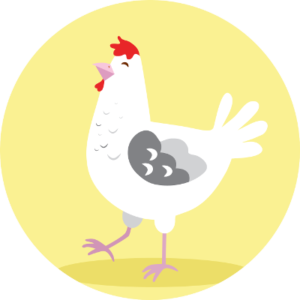 The poultry industry is growing fast, and maize is the main ingredient in poultry feed. But eating food contaminated with aflatoxin is not only bad for humans – it also has some serious effects on our feathered friends, including:
The poultry industry is growing fast, and maize is the main ingredient in poultry feed. But eating food contaminated with aflatoxin is not only bad for humans – it also has some serious effects on our feathered friends, including:
- killing birds
- reducing their growth and ability to take in nutrients
- lowering their fertility and egg production
- damaging their immunity to disease
- stopping vaccines working properly
All this adds up to unhealthy, slow-growing birds, and it’s a common problem: in Nigeria, 62% of commercial poultry feed is contaminated by aflatoxin above safe levels.
The Aflasafe solution
Profit margins tend to be slender in the poultry industry, and maize for feed accounts for up to 70% of total costs. So can poultry producers afford to pay even the smallest premium for Aflasafe-treated grain?
The answer is yes.
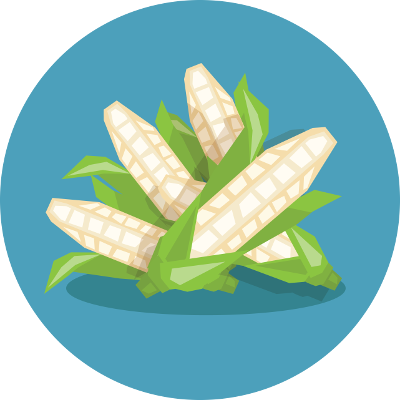 Aflasafe-treated maize substantially improves growth and fertility, and in chickens it cuts mortality rates by 40%. It also eliminates the need to use toxin binders in feed, which makes for a small saving. All this has a healthy impact on profits as well as the chickens: a study in Nigeria has shown an increase in profits of USD 3,200 for 10,000 broiler (meat) chickens over each eight-week rearing period.
Aflasafe-treated maize substantially improves growth and fertility, and in chickens it cuts mortality rates by 40%. It also eliminates the need to use toxin binders in feed, which makes for a small saving. All this has a healthy impact on profits as well as the chickens: a study in Nigeria has shown an increase in profits of USD 3,200 for 10,000 broiler (meat) chickens over each eight-week rearing period.
Poultry producers who have tried out low-aflatoxin maize are now happy to pay 4–20% more for it, and with increased profits they get an excellent return on their investment.
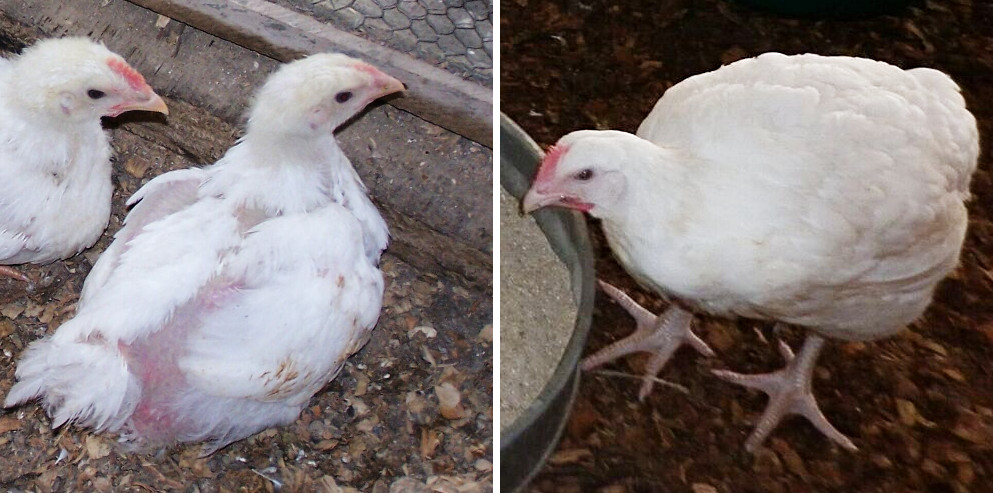
Meanwhile, depending on yields, farmers or traders need a premium of around 1–4% to cover the cost of Aflasafe, so they get a good return too. This calculation includes farmers also using Aflasafe to treat the maize they are growing to eat at home – so the extra income pays for their families to be protected from aflatoxin as well.
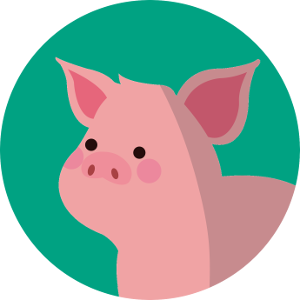
A piggy problem
The swine industry is growing fast too, particularly in Kenya and Uganda. Among livestock, pigs are especially vulnerable to aflatoxin, showing very similar effects of reduced growth, poor health, and increased mortality. As with other animals, pigs accumulate aflatoxin in their meat, creating a potential food safety problem for farmers and consumers.
Of milk and men (and aflatoxin)
When dairy cows eat aflatoxin-contaminated grain, it is bad news for the farmer as it can seriously reduce milk production. But it is bad news for everyone else too, since some of the toxin passes through into the milk (the chemical changes slightly, but has the same harmful effects). Milk is the highest-risk animal product, taking up much more toxin than meat or eggs.
 Yet milk is a major part of many African diets. In Kenya, for example, milk is the second-largest food expense for urban households. Young children are given milk – and need it to build strong bones and teeth – making the presence of aflatoxin a particular worry.
Yet milk is a major part of many African diets. In Kenya, for example, milk is the second-largest food expense for urban households. Young children are given milk – and need it to build strong bones and teeth – making the presence of aflatoxin a particular worry.
A study in Nairobi that tested hundreds of milk samples from households and retailers found that every single one contained aflatoxin, and 63% had levels of toxin over the safe limits recommended by the European Union. Local children were also measured, and 41% were suffering from stunting and poor growth.
It’s an alarming situation, but Aflasafe provides a straightforward solution. It drastically reduces the amount of aflatoxin in maize, well into safe levels for food or feed, making the amount that reaches milk negligible – and making milk once again safe and healthy for everyone.

